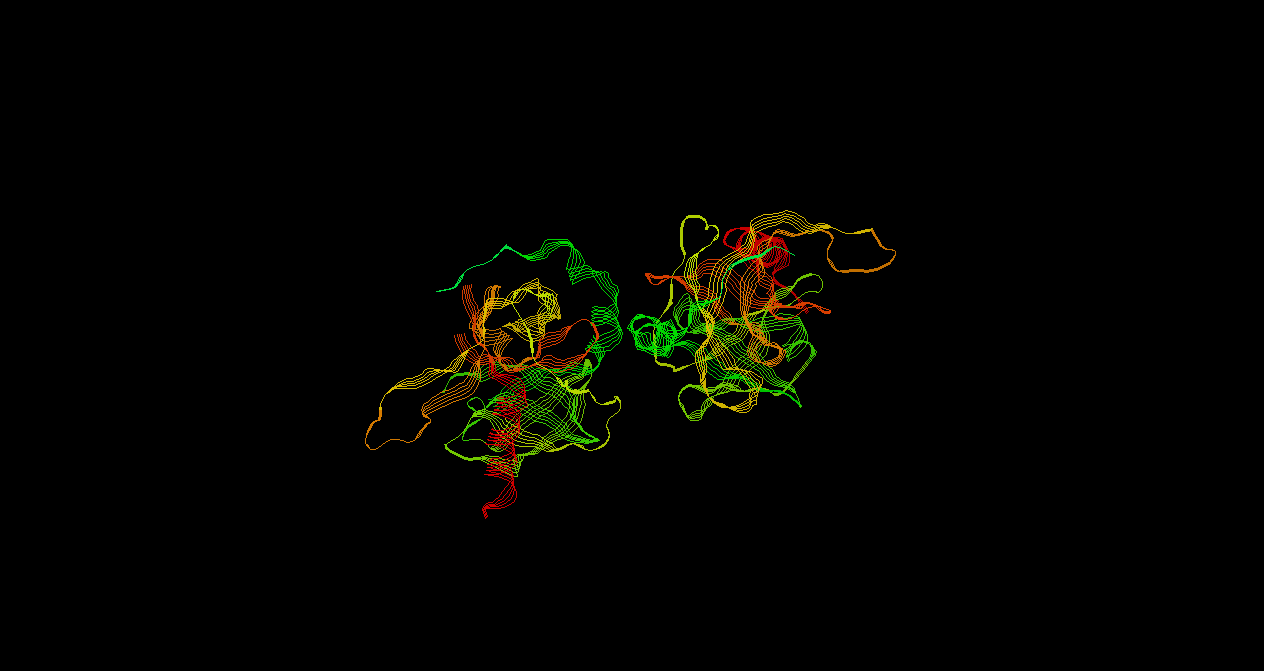Bioinformatics

Follow the Journey
From a humble beginning, to a world full of infinite ideas.
B.1

1866

1910

1933


1953
1951-1952


1970

1972


1984
1975
1955

1990

1995

1999

2002

2007
Gregor Mendel was an Austrian Monk who by experimenting and observing different characteristics of the pea's he cross-breed, Mendel was able to discover the basic principles of heredity. This ultimately laid the foundations of genetics.
Thomas Hunt Morgan was a famous biologist who used fruit flies to confirm how chromosomes play a role in heredity.
A biochemist named Arne Tiselius introduced gel electrophoresis as a way to separate proteins.
Before the word "bioinformatics" was official, the earliest work that fits the current definition of bioinformatics was invented by J.C Kendrew who developed the first computer program to determine protein structure.
Two scientists named James Watson and Francis crick were the first to propose the double helix model for DNA based on a x-ray data obtained by Maurice Franklin & Rosalind Wilkins.
Frederick Sanger was an important biochemist whom was able to sequence the first protein to be analyzed by sequencing the two polypeptides that make up Brovine Insulin.
Saul Needleman and Christian Wunsch developed the first algorithm used in bioinformatics to align protein or nucleotide sequences. This algorithm is essentially named the Needleman-Wunsch Algorithm and was the first appearance of bioinformatics.
Martin Michael Levitt and Arieh Warshel developed the Levitt-Warshel computer that predicted the simulation of how protein folds and how chemical reactions occur.
Chiron Corporation was one of the first biotech company to sequence and correctly characterize the HIV-1 genome.
The Human Genome Project started with the goal of mapping the genes of a human genome and sequence the nucleotide pairs that make up the human DNA. This project was completed in 2001 where the official mapping of the human genome was published.
deCode Genetics identified a locus on chromosome 2p13 that contains a gene that is linked to pre-eclampsia in women.
Jim Kent developed a sequence alignment algorithm called BLAT to assist in the assembly and annotation of the human genome.
The SRA also known as the Sequence Read Archive is a bioinformatics database that provides public storage for DNA sequencing data. It also makes biological sequence data available for research and allow for new discoveries by comparing data sets.
An American biochemist named Paul Berg along with his group members assembled the first recombinant DNA from different organisms. This would ultimately form the basis of recombinant DNA technology.
J. Craig Ventor and his group published the first sequenced genome of Haemophilus Influenzae - a self replicating, free living organism.
B.2
B.3
B.4
B.5
B.6
B.7
B.8
B.9
B.10
B.11
B.12
B.13
B.14
B.15
B.16
LEARN MORE OF BIOINFORMATICS IN THE:
A.3, A.4, A.5
